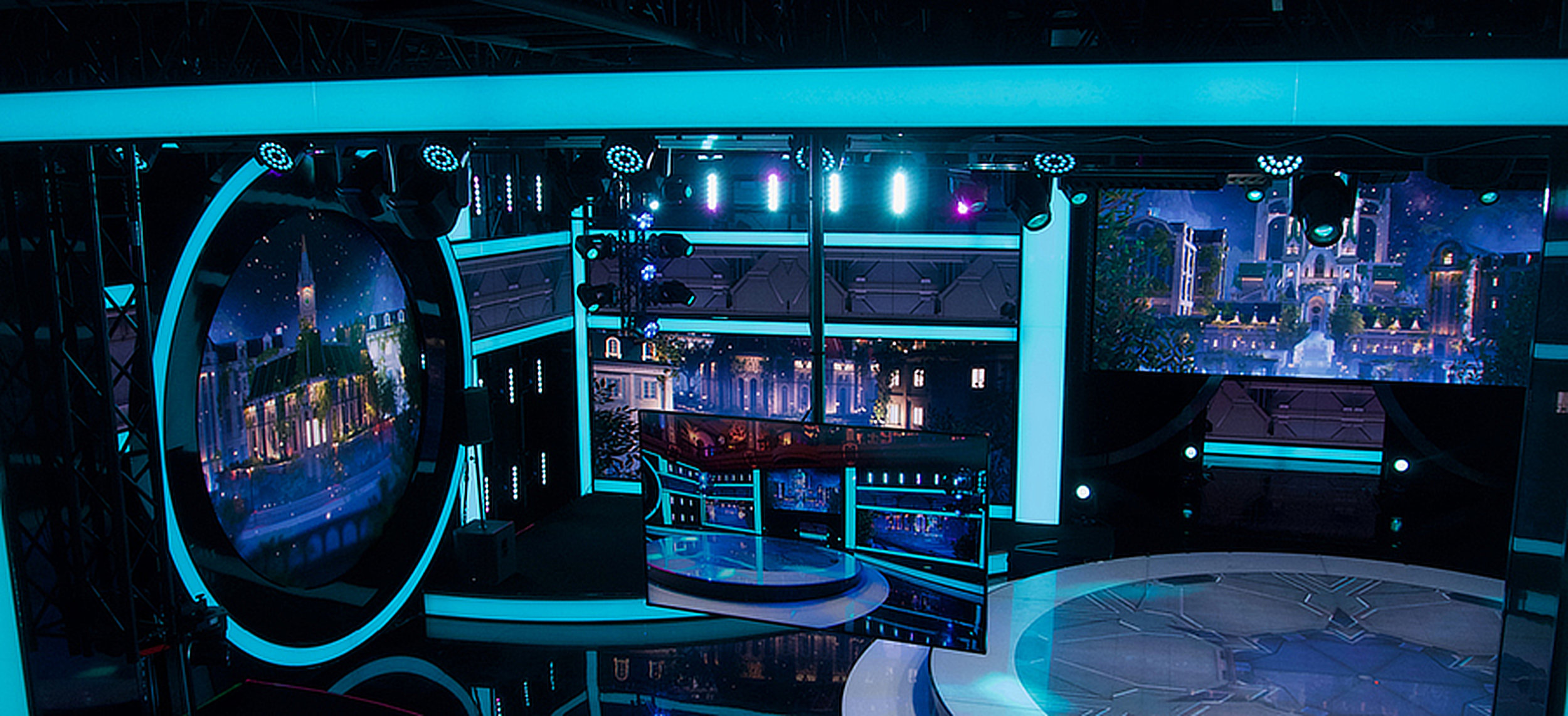Perfecting the Craft of Seamless Video Projection on Curved Surfaces for Breathtaking Graphic Experiences
Perfecting the Craft of Seamless Video Projection on Curved Surfaces for Breathtaking Graphic Experiences
Blog Article
Film mapping is an innovative technology that allows visuals and videos to be projected onto areas, creating breathtaking visual encounters. When it comes to rounded areas, mastering this craft can be a bit more difficult than projecting onto flat planes. Rounded areas can encompass various elements from the facades of buildings to art pieces and even stages. Understanding how to efficiently project videos onto these forms is crucial for creators, design professionals, and occasion planners who want to develop immersive environments that enthrall audiences.
The first phase in footage mapping on curved surfaces is to comprehend the geometry of the surface. Curved areas can be intricate, with different degrees of curvature. To achieve a smooth display, it is vital to create a 3D model of the area. This model helps in visualizing how the footage will look when cast. Software tools are accessible that permit users to develop these models and simulate the projection. By accurately mapping the measurements and shapes of the surface, creators can ensure that the footage matches perfectly without warping.
Once the 3D representation is ready, the following phase is to prepare the video content. This includes modifying the footage to fit the specific form and dimensions of the rounded surface. It is essential to take into account the perspectives and viewpoints from which the audience will view the display. The material should be crafted to improve the aesthetic experience, making it engaging and pertinent to the concept of the occasion or setup. Using high-quality graphics and motion graphics can greatly improve the overall effect of the display.
After editing the content, the actual display procedure begins. This includes placing up the devices at the correct angles and spaces to guarantee that the video aligns with the 3D model. Calibration is a key part of this process. It may require modifying the brightness, differentiation, and sharpness of the projectors to achieve the optimal outcomes. Additionally, using multiple projectors may be required to encompass larger or more complex areas. This technique, known as edge blending, helps create a continuous visual across the entire area.
Ultimately, testing the projection is crucial before the conclusive presentation. This allows designers to make any required adjustments to the footage and device settings. It is also have a peek at this site an chance to see how the viewers will experience the display from different viewpoints. By confirming that the video mapping is perfect, creators can deliver a stunning aesthetic experience that leaves a memorable impression. Mastering video mapping on rounded areas not only enhances creative output but also opens up new opportunities for storytelling and audience engagement in various environments.